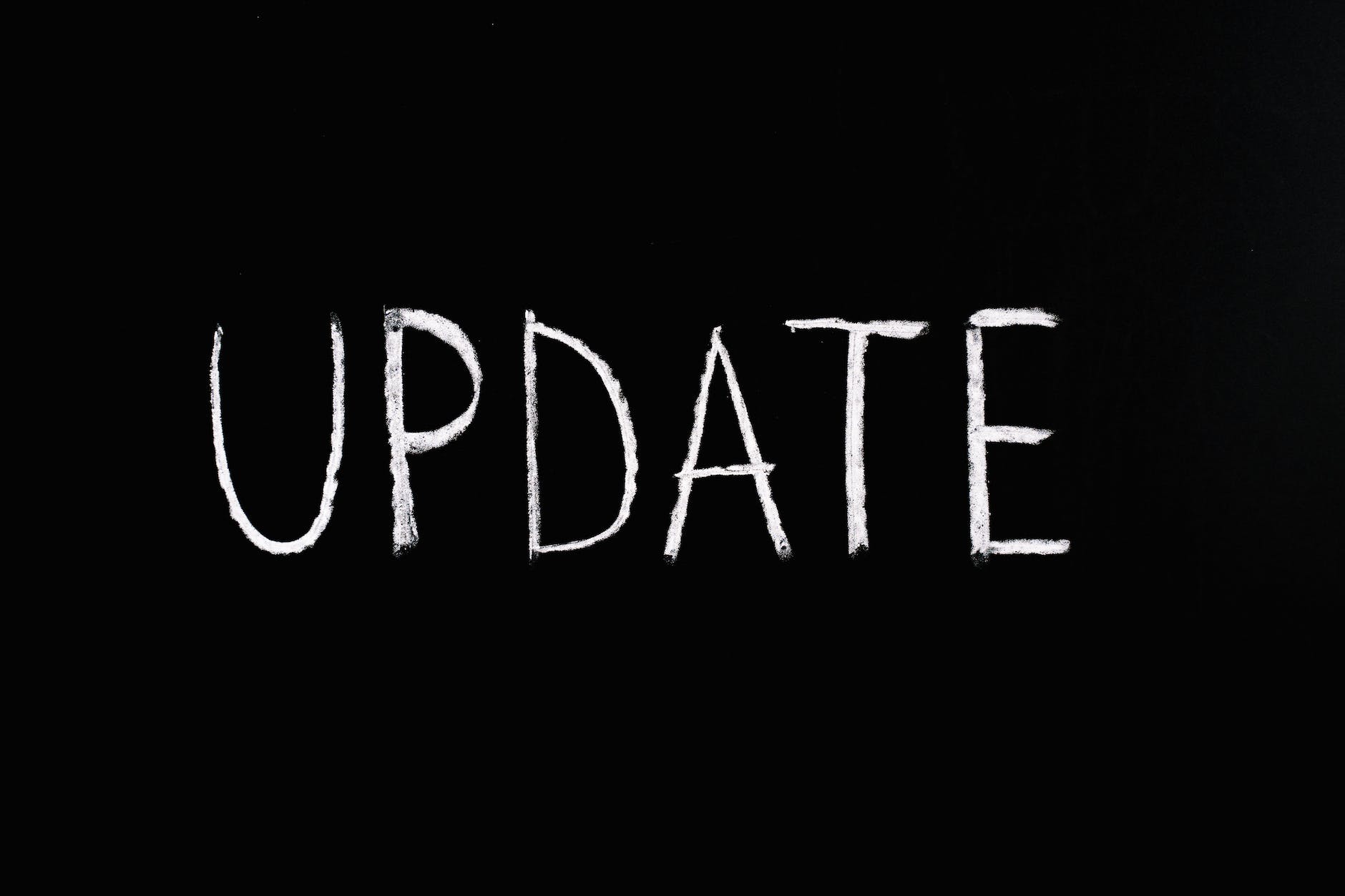To end the series of YouTube videos from the Nanopore Community Meeting 2022, I watched the one hour session. Rosemary started by speaking about the vision of sequencing everywhere and the technology. They spoke about supporting R9 chemistry until the end of 2023. Kit 12 was discontinued. Kit 14 will be the one used used and other sample prep kits will be moved to the Legacy. A compatibility checker will be available in the online store. Their product range follows the prepare, sequence, analyze. In 2023 they will focus on the upgrade of all libraries to kit 14. They want to optimize the ligation sequencing kit. For automation, they will explore and publish workflow for automation. They spoke about VolTRAX releases in 2022 for COVID, RT-PCR, PCR custom settings in software, and now the multiplex kit. They did note that they will have the direct RNA kit and the ligation sequencing kit. I would love to try the direct RNA kit! EPI2ME upgrades now feature infectious disease, biopharma QC, human variation, and single cell pipelines. Now there is an import workflow in EPI2ME! They spoke about upgrades to flow cells continuing to decrease the cost per Gb by increasing output. With the PromethION they are trying to go from 200 to 20,000 genomes! One thing they mentioned was a protocol for reloading a library used in one flow cell and loading into a new flow cell. They will focus on the PromethION and update the minION Mk1D to interface with with iPad. In their planned timeline, I noticed direct RNA sequencing kits for the VolTRAX in April. Stuart shared data on raw read accuracy of 99.35% Q22, duplex accuracy 99.9%, Q30, and bacterial assembly circular with >Q50! The methylation base calling accuracy is actually greater than raw read accuracy according to the slide they shared. The kit 14 at 400 bps will achieve >Q20 araw read with super accuracy base calling. With kit 40 chemistry, Q50+ bacterial assemblies can be achieved with modest coverage ranging from 10-20x. New basecalling models will be available for kit 14 and modified bases. Duplex sequencing updates will include high-duplex flow cells! Duplex data, they showed, has a clear improvement in the number of errors compared to kit 14 simplex. Dorado is a new year basecaller and is the recommended solution for offline basecalling. It will also be incorporated into MinKNOW. In technology improvements, they now have an option to run until you reach a Gbase target. Stuart shared adaptive sampling use for the P2. It is now built into MinKNOW. Lakmal provided a research update. They mentioned that the team uses machine learning to guide motor protein engineering. Some of the enzymes they have found have speeds of 1000 bp with Q28 accuracy! In the new nanopore they are expanding the distance between the touchpoints from five to nine nucleotides. I want to continue following the channel to learn more and plan ahead.



